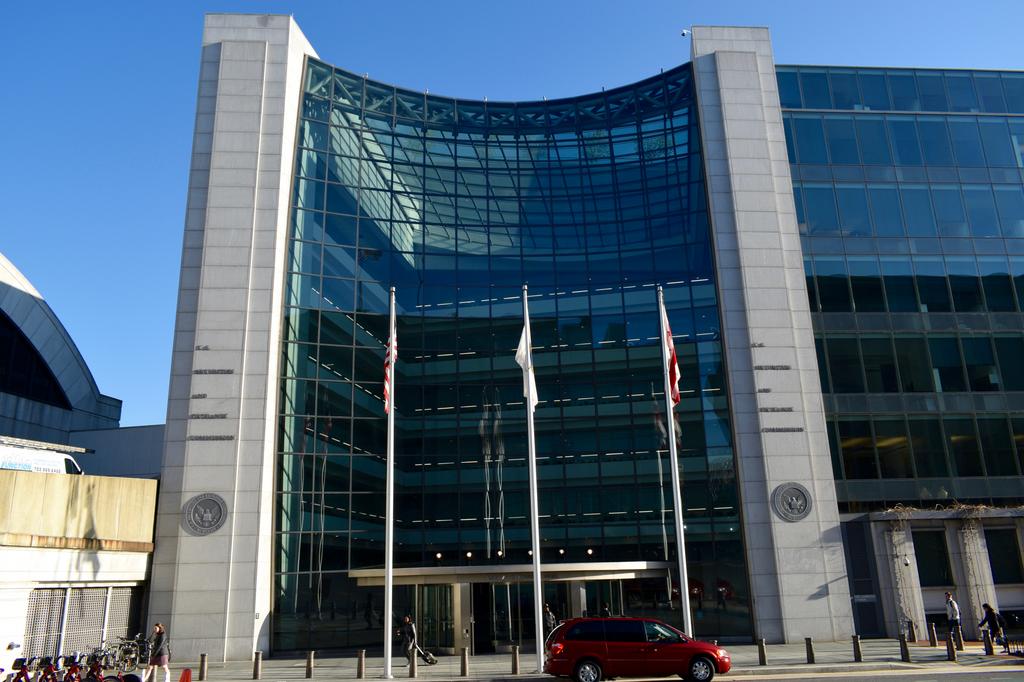Artificial intelligence (AI) is poised to affect every aspect of the world economy and play a significant role in the global financial system, leading financial regulators around the world to take various steps to address the impact of AI on their areas of responsibility. The economic risks of AI to the financial systems include everything from the potential for consumer and institutional fraud to algorithmic discrimination and AI-enabled cybersecurity risks. The impacts of AI on consumers, banks, nonbank financial institutions, and the financial system’s stability are all concerns to be investigated and potentially addressed by regulators.
It is the goal of Perficient’s Financial Services consultants to help financial services executives, whether they lead banks, bank branches, bank holding companies, broker-dealers, financial advisors, insurance companies or investment management firms, the knowledge to know the status of AI regulation and the risk and regulatory trend of AI regulation not only in the US, but around the world where their firms are likely to have investment and trading operations.
SEC
The Securities and Exchange Commission (SEC) issued a proposed rule in July 2023 to address conflicts of interest associated with broker-dealers’ and investment advisers’ use of predictive data analytics (“PDAâ€) and similar technologies, including AI.
The proposed rules required that broker-dealers and investment advisers:
- evaluate the predictive data analytics (“PDAâ€) the firms use and identify and eliminate or neutralize any related conflicts of interest that could place the firm’s interests ahead of those of its customers or clients; and
- adopt, implement and maintain written policies and procedures to come into compliance with the proposed rules; and
- comply with recordkeeping requirements by maintaining records of evaluations done on PDA, including when the technology was implemented and materially modified, the date(s) of testing and any actual or potential conflicts of interest identified.
Other efforts by the SEC suggest that it is not content to wait until final rules governing AI are in effect before addressing problems and risks it perceives related to AI technologies. Around the time the SEC proposed its rules on PDA, the SEC’s Division of Examination launched an AI-related sweep, asking firms questions concerning how they are using AI and requesting that they provide, among other things, a description of their models and techniques, the source and providers of their data, and internal reports of any incidents where AI use raised any regulatory, ethical or legal issues. The SEC has also requested copies of the firms’ AI compliance policies and procedures, contingency plans in case of AI system failure or inaccuracies, a sample of the firms’ client profile documents used by AI systems to understand clients’ risk tolerance and investment objectives, and all disclosure and marketing documents to clients that disclose the firm’s use of AI. In addition, SEC’s Division of Enforcement has reported that it has AI-focused investigations underway.
Broker-dealers and investment advisory firms utilize AI in various ways, such as to forecast the price movements of certain investment products, program robo-advisers to assist in automated planning and investment services, address basic client questions via virtual assistants, aid in risk management, and bolster compliance efforts by enhancing surveillance capabilities.
SEC Chairman Gensler foresees potential systemic risks because the use of AI in the financial sector eventually may be driven by a small handful of foundational models, thus creating a “monoculture†with many market participants relying on the same dataset or model. In that event, Chairman Gensler posits, it becomes more likely that various AI models will produce similar outputs, making it more likely that those relying on those outputs will make similar financial decisions, concentrating risk. Similar to program trading in the 1980s that led to the 1987 Stock Market Crash now known as Black Monday, if all the programs say to sell, who is left to buy?
Source: Read MoreÂ


